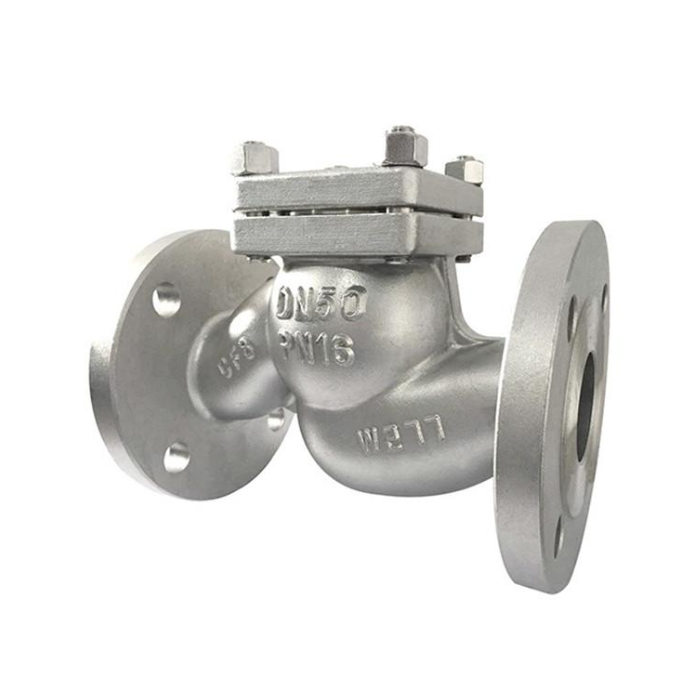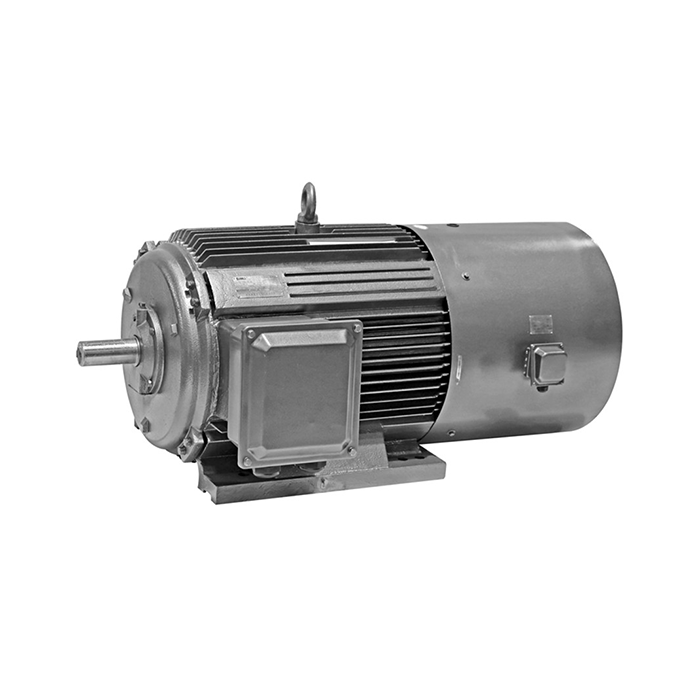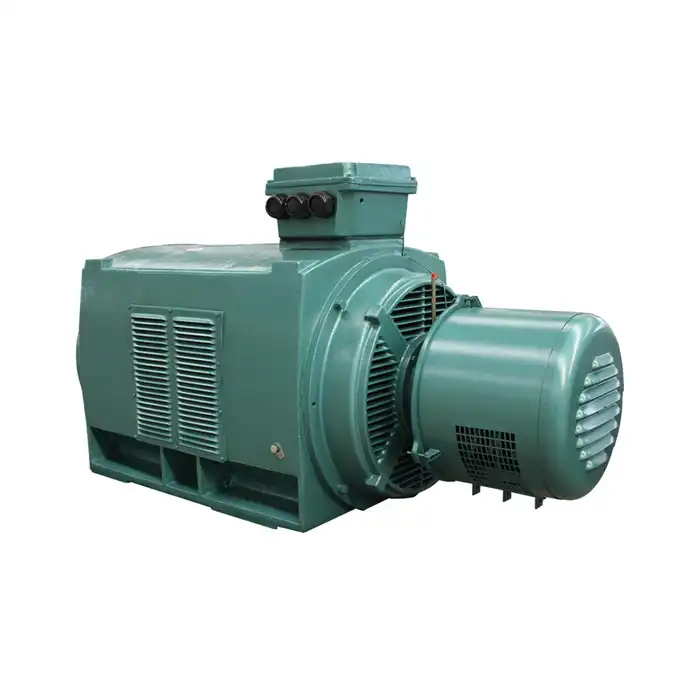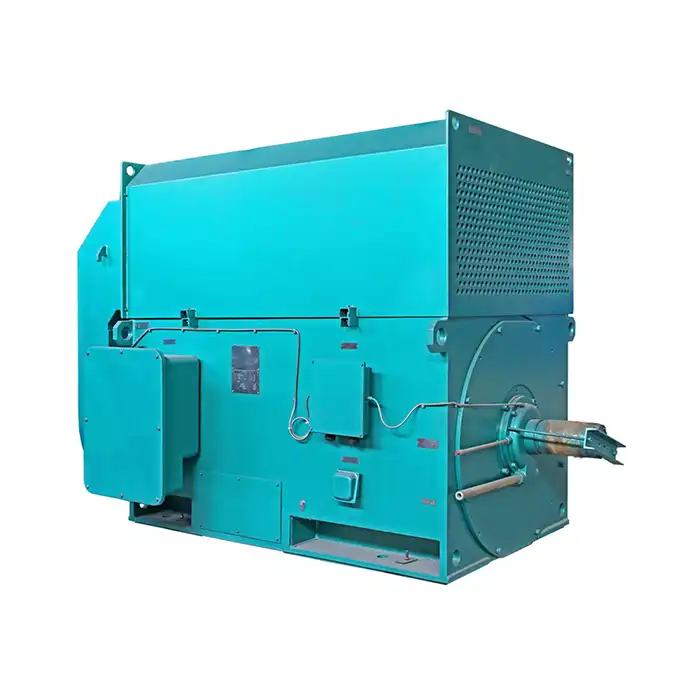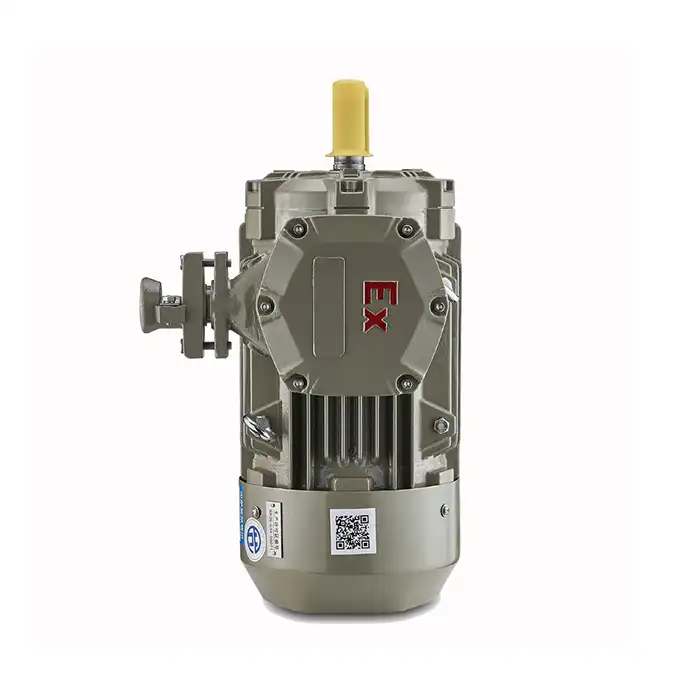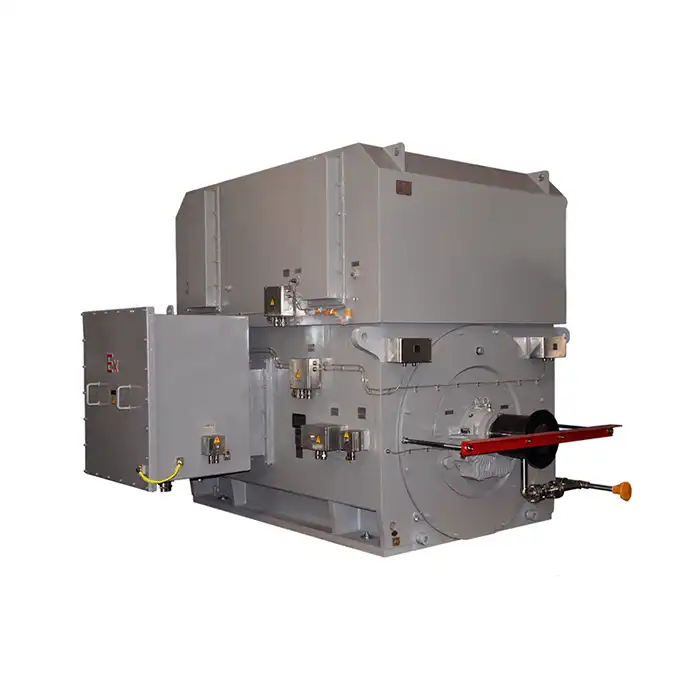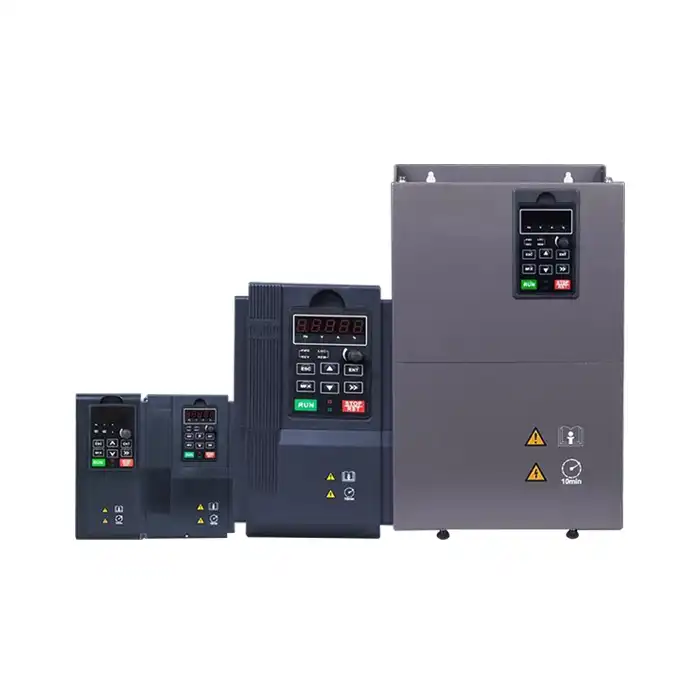How to Transport and Install a 630 kW Motor Safely?
Transporting and installing a 630 kW motor requires careful planning and execution. These powerful machines are integral to many industrial operations, from manufacturing plants to power generation facilities. This guide will walk you through the essential steps and considerations for safely moving and setting up your high-capacity motor.
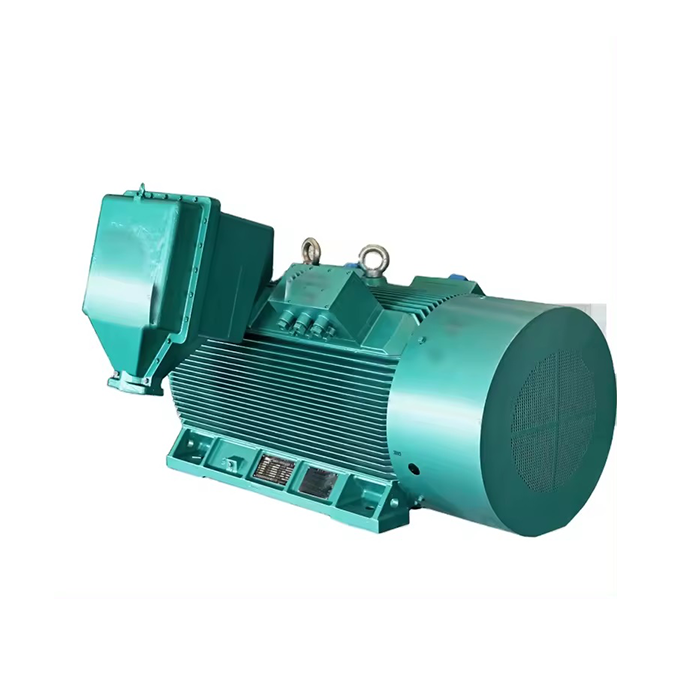
Series:YVF2
Protection level:IP54
Voltage range:3000V±5%,3300V±5%,6000V±5%,6600V±5%,10000V±5%,11000V±5%
Power range:160-1600 kW
Application:fans, water pumps, compressors, crushers, cutting machine tools, transportation machinery, etc.
Advantage:compact structure, light weight, low noise, small vibration, long service life, easy installation and maintenance.
Standard: This series of products complies with JB/T10444-2004 standards.
Others: SKF, NSK, FAG bearings can be replaced according to customer requirements.
Specialized Equipment for 630 kW Motor Handling
The sheer size and weight of a 630 kW motor necessitate specialized handling equipment. Proper tools and machinery are crucial for safe transportation and installation.
Heavy-Duty Lifting Gear
Handling a 630 kW motor demands lifting equipment specifically engineered for extreme weights. Industrial-grade cranes are essential, with load capacities well beyond 1800 kg to ensure safe lifting without overstressing machinery. Reinforced slings and heavy-duty chains provide secure support, reducing the risk of accidental slippage during hoisting. Additionally, specialized lifting eyes, integrated into the motor frame, allow for stable attachment points, enabling precise control while moving the motor. Using conventional equipment could result in equipment damage or safety hazards. Therefore, investing in properly rated lifting gear is critical to ensure both personnel safety and the integrity of the motor during installation and maintenance operations.
Transportation Vehicles
Transporting a motor of this scale requires carefully selected vehicles and support systems. Low-bed trailers with air-ride suspension are often employed to absorb shocks and vibrations, protecting the motor from mechanical stress. Heavy-duty trucks must have sufficient payload capacity to handle the combined weight of the motor and transportation apparatus. Custom-designed cradles or frames securely hold the motor in place, preventing movement that could cause damage during transit. Proper loading and unloading procedures, combined with adequate securing methods, are essential to maintain safety and avoid operational delays. The right transportation solution ensures the motor arrives intact and ready for installation.
Precision Positioning Tools
Accurate installation of a 630 kW motor requires specialized positioning equipment to achieve proper alignment and stability. Hydraulic jacks allow for controlled vertical adjustments, enabling precise leveling and placement. Laser alignment tools are critical for aligning the motor shaft with the driven equipment, ensuring optimal performance and preventing premature wear. Vibration isolation pads reduce the transmission of operational vibrations to surrounding structures, enhancing motor longevity and reducing noise. These precision tools collectively ensure that the motor operates efficiently and safely once installed. Neglecting precision alignment can lead to misalignment issues, excessive wear, and costly downtime.
Safety Protocols During 630 kW Motor Installation
Safety is paramount when handling equipment as substantial as a 630 kW motor. Adhering to strict safety protocols protects both personnel and the equipment.
Pre-Installation Safety Briefing
Before commencing the installation:
- Conduct a comprehensive safety briefing for all involved personnel
- Review the installation plan, highlighting potential hazards
- Ensure all team members understand their roles and responsibilities
Personal Protective Equipment (PPE)
Mandatory PPE for the installation team includes:
- Hard hats to protect against falling objects
- Steel-toed boots for foot protection
- High-visibility vests to ensure visibility in busy work areas
- Safety gloves appropriate for handling heavy equipment
Securing the Work Area
Create a safe installation environment by:
- Establishing a clear perimeter around the installation site
- Posting warning signs to alert non-essential personnel
- Ensuring adequate lighting for visibility during all stages of installation
Emergency Response Plan
Prepare for potential emergencies:
- Develop and communicate a clear emergency response plan
- Identify emergency exits and muster points
- Have first-aid kits and fire extinguishers readily accessible
Post-Installation Checks for 630 kW Motors
After the 630 kW motor is in place, thorough checks are essential to ensure proper functionality and safety.
Mechanical Inspection
Verify the motor's mechanical integrity:
- Check all mounting bolts for proper torque
- Inspect the motor frame for any signs of stress or damage
- Verify proper alignment with connected equipment
Electrical Testing
Ensure electrical systems are functioning correctly:
- Perform insulation resistance tests
- Check all electrical connections for tightness
- Verify proper grounding of the motor
Initial Start-Up Procedures
Carefully monitor the motor during its first operation:
- Start the motor without load to check for unusual noises or vibrations
- Gradually increase load while monitoring temperature and performance
- Record baseline measurements for future reference
Documentation and Reporting
Maintain comprehensive records of the installation:
- Document all installation procedures and checks performed
- Create a detailed report of initial performance metrics
- File all relevant certifications and warranties
Transporting and installing a 630 kW motor is a complex operation that requires expertise, precision, and unwavering attention to safety. By following these guidelines, you can ensure a smooth and secure installation process, setting the foundation for reliable motor performance in your industrial application.
Remember, while this guide provides a comprehensive overview, each installation may have unique requirements. Always consult with motor manufacturers and professional installers for specific guidance tailored to your situation.
Conclusion
The successful transportation and installation of a 630 kW motor hinges on meticulous planning, specialized equipment, and strict adherence to safety protocols. From the initial lifting and transportation to the final alignment and testing, each step plays a crucial role in ensuring the motor's optimal performance and longevity.
By prioritizing safety, utilizing the right tools, and conducting thorough post-installation checks, you can confidently integrate this powerful motor into your industrial operations. Remember, the effort invested in proper installation pays dividends in the form of reliable operation, reduced downtime, and enhanced productivity.
Call to Action
Are you looking for reliable, high-efficiency power equipment solutions for your industrial automation, HVAC, energy, or utility applications? Shaanxi Qihe Xicheng Electromechanical Equipment Co., Ltd. specializes in providing top-quality power equipment with superior energy efficiency and stability. Our team of experts is ready to assist you with all your pre-sales inquiries, technical support, and after-sales service needs.
Whether you're in manufacturing, process control, robotics, or any other industry requiring robust motor solutions, we have the expertise to meet your specific requirements. From 630 kW motors to a wide range of other power equipment, we're committed to delivering products that drive your operations forward.
Don't settle for less when it comes to your power equipment needs. Contact us today at xcmotors@163.com to discuss how our solutions can enhance your operations and contribute to your business success. Let's power your future together!
References
1. Smith, J. (2022). "Heavy-Duty Motor Transportation: Best Practices and Safety Considerations." Industrial Engineering Quarterly.
2. Johnson, R. et al. (2021). "Installation Protocols for High-Capacity Industrial Motors." Journal of Power Systems Engineering.
3. Brown, L. (2023). "Post-Installation Performance Evaluation of Large Industrial Motors." Electrical Engineering Today.
4. Davis, M. (2022). "Safety Management in Industrial Motor Installation." Occupational Safety Review.
5. Wilson, K. (2021). "Precision Alignment Techniques for Heavy-Duty Motors." Mechanical Engineering Insights.
6. Thompson, E. (2023). "Energy Efficiency Considerations in Large Motor Installations." Sustainable Industry Magazine.



